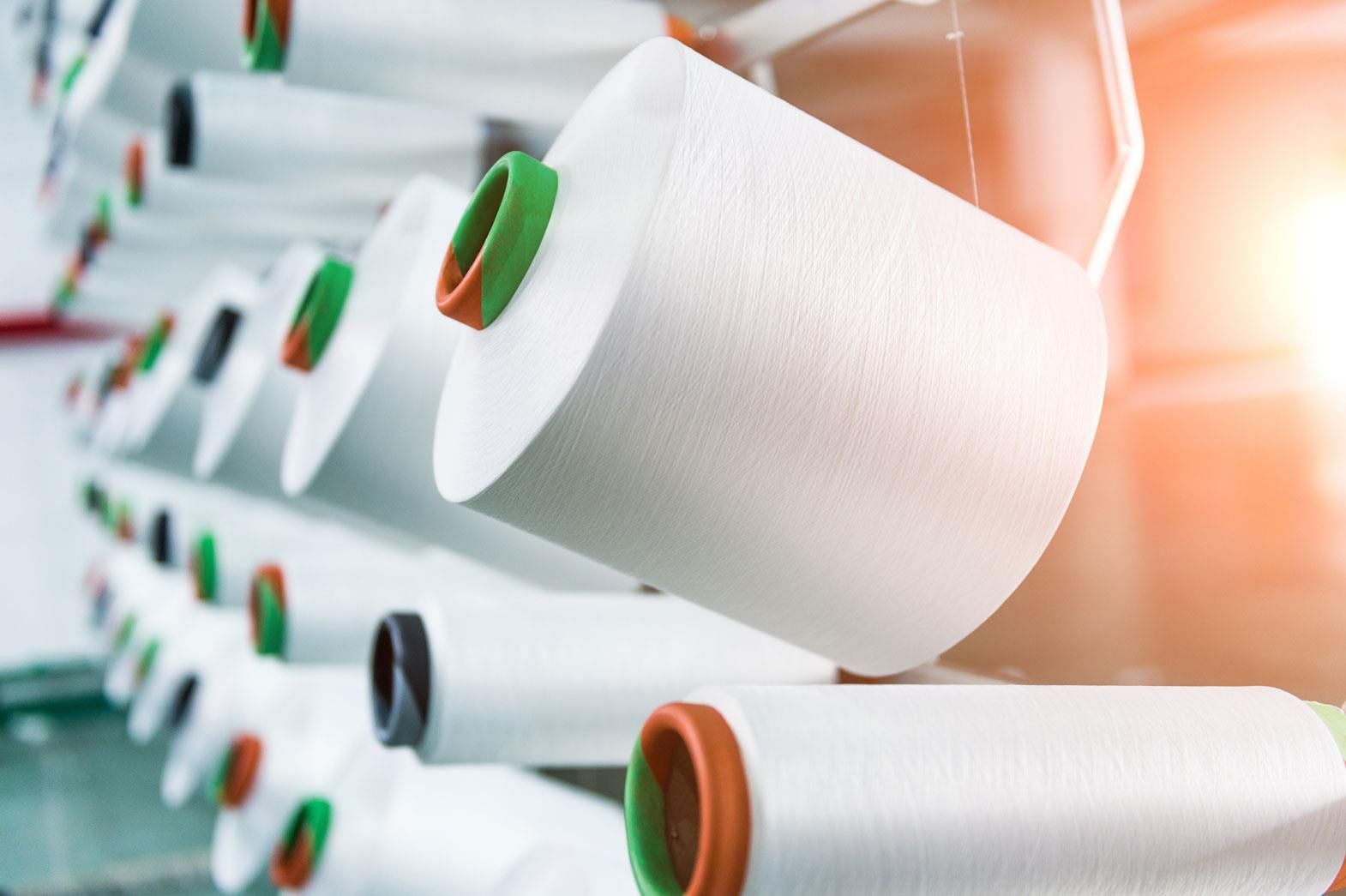The cost and changes in technology havemade the buying and selling of old machinery in various sectors a lot morecommon today than ever before. Even in textile sector the developing countriesheavily rely on old machines that are technologically forward. The purchase andsale of old machinery has considerably increased in past decade. Nevertheless,it is important to evaluate the state of the machinery before making anyfurther decision to pay for it.
Almost all the textile manufacturingfirms require use of calender machines. The calender machine imparts a smoothtouch to the fabric by improving the fabric's opacity and compressing it tomake it lighter. It also reduces yarn slippage. To make the fabric moreaesthetically appealing calendering is a must.
When analysing the calender machines, thebuyers must check the frames first. A good frame will be free of weld. When amachine is used for a longer period of time the base segments develop fissures.Attention must be paid on the foundation bolts and it must be inspected thatthe bolts are intact, as calender machines are heavy and if joints are weldedthe chances of mishap and accidents rise. Also if the cotton bowls have burntpatches at more than two or three positions then repairing these patches wouldrequire extra investment. However, the amount required to correct the damagedcotton bowls can be determined by an expert, who can tell if the damage can befixed by simply turning and grinding of the part or it needs to be replacedaltogether.
Some manufacturers often change thebroken chilled cast iron bowls with chrome plated thick pipes. It is difficultto tell the difference between the two. The chilled cast iron bowls areextremely expensive and only chilled cast iron bowls give a fabric a good finish.The thick pipes cannot stand the heavy loads for long. Another point to beborne in mind is to ensure that the chilled bowls are not very old, as thesebowls develop minor cracks from sides. During the grinding process the chilledbowls lose around 1-1.2 mm of thickness. The thickness of a new chilled portionis between 9 mm and 11 mm. The more loss to chilled thickness means lessremaining life of bowl.
The buyer must inspect the cast ironbowl, as even a minor tilt in cast iron bowl means it needs replacement and itis expensive. Buffing of iron bowl is fine, but grinding should be watched outfor. Other parts of the machines like loading system, bearings and bearinghousings must also be checked by an expert. During dismantling of the machine forthe purpose of transportation, the frames must be handled with care. The framesare made from cast irons, which is far more fragile than the mild steel.
The requirement of the calender machinemust also be taken into consideration. The type of fabric, quantity of theproduct etc. for which the calender machine is needed are to be evaluatedbefore checking the available options For e.g.: Buying a machine unsuitable forthe fabric or the production purpose also leads to grave problems. A three bowllight calender machine is not for producing dyed poplins, similarly, if silkfabric is finished with a seven bowl calender then it will not solve thepurpose. Taking advice from machine experts is the best rescue in such cases.
Finding second-hand machinery dealers is not a difficult task anymore. Countries like United Kingdom, Turkey, China etc. are among the top countries that deal in second hand textile machinery including calender machines as well. The developed countries provide old machines that are superior in quality. However, as per the statistics available from the Textile Machinery Manufacturers Association (TMMA), there has been a serious slow down in quality machinery imports, as large number of countries are relying on low-cost and low-tech textile machines imports from China. The cost of such machines can be as low as anything between 30 percent and 50 percent. The value of textile machinery imports from China was calculated to be around Rs 4,300 crore in 2012-13. This has affected the small domestic manufacturers of textile machinery. Thus the manufacturers in India, Pakistan etc. are also laying emphasis on upgrading to high-tech machinery and command a better price in order to compete with China.
The global trade of second hand parts of calender machines is also on rise. The manufacturers of developed countries prefer to upgrade the existing machinery so as to avail maximum benefits from the upgraded technology. In some cases, the calender machines are dismantled and the individual parts are sold out in global market at lesser price. As per British Textile Manufacturing Association, there has been considerable change in the demand for high quality textile machinery and parts. This trend has also positively impacted the export quality of machinery from countries like India. Also this has raised the imports of testing and finishing equipment from United Kingdom into Asian countries. Calender machines are one of the several textile machineries whose import and export all around the globe has increased manifold.
References:
1. Textilelearner.blogspot.com
2. Indiantextilejournal.com
3. Businesstoday.intoday.in
4. Thehindubusinessline.com








Comments